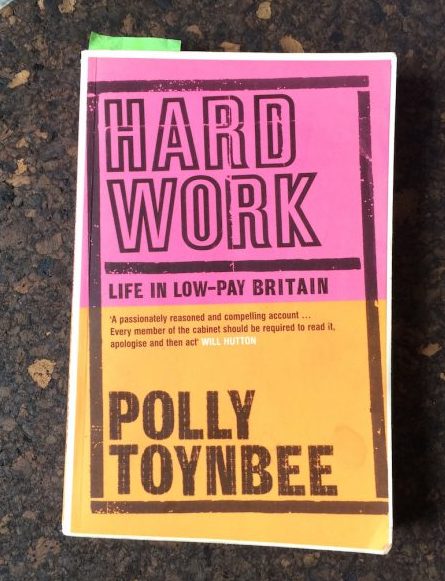At Plot we like to start projects when we can in areas we feel are important.Sometimes we can’t wait for a client. This is one of those projects, and we have just started on this work. We have been joined by Katie Shelly who is studying Experience Design at Hyper Island in Manchester.
Here’s our perspective right now, after having researched this space and expressing what we think as a result.
In the area of financial inclusion there are many viewpoints
Each metaphor used by those organizations engaged in financial inclusion work reveals the specific agendas involved. Policy makers and the Treasury talk about Financial health; Activists talk about empowerment and agency; Financial service providers talk about accessibility. Some talk about inclusion, others about capability, and others about confidence.
All of these are important. All are necessary, but not sufficient.
“we don’t have a vested interest in any of them, but we do have a vested interest in the user’s perspective”— Gill
How many people think
The conventional model is that it is the fault of poor people, and bad habits. They could save more, manage better or spend less. That its about what they don’t yet know and about what they don’t do. As Gary Wells at Toynbee Hall identifies, the environment for poor people is disabling, and what is on offer does not help. It is not seen as the problem of products and services that do not serve people well, nor explain themselves well.
In reality
People move in and out of financial inclusion and exclusion at different times depending on their circumstances, and different life-events
They often have limited time, so they try to rapidly research and judge how useful something will be for them in terms of time, effort, and consequence. On the whole, Financial products are presented in complex ways with hidden terms. To many these terms feel like traps that they can fall into. Making mistakes cost them dearly. If they get benefits or payments late or wrong, then they can be penalized with delays or sanctions which spiral them into deeper debt. There are many dangers hidden behind excessive APRs with payday loan services such as Wonga (there are many others). If they fall behind, they fall far behind and quickly. The longer they stay in debt, the harder it is to get out of it.
What’s there for people?
There are some truly innovative services that are on the ground – in particular Money Mentors. In this service, they come to people through small local networks. They establish trust by using people who live in the area. They are not formal, so they can create the right tone for people who are unfamiliar or nervous around formal systems.
Stigma is an important factor in anything that is aimed at them.
Advisory services are complex & difficult to navigate, and signposting to these services is problematic. There may be gems, but they are hard to locate. There are many organisations offering advice and support. The challenge is that they have different agendas; or overlapping agendas; or duplicate services; or offer piecemeal services that do not cover the whole issue for the service users; or simply too dense for anyone to be able to access the specific thing they need.
What is clear is that everyone seems to be focused in compensating for services that don’t actually work for people.
What we’re on the lookout for
We’re on the lookout for what people do, what they need. We’re looking for evidence of what works for people. One way of talking about it would be curb cuts for financial services
We’re also looking for inspired service providers, and collaborators.
What we’ll be doing
We’ll bring our innovation and human-centred design approaches and time to this space. We’ll collaborate with people who are working in this space. We’ll speak openly about the work that we are doing, and share our findings.
Where we think that there is potential for innovation spaces
- New services and products that respond to user needs
- Navigating services
- Flashpoint management
- New bundles of these things
- Simpler advice simply supplied
- Better quality advice
- Single point effective advice
- Managing your life and payments
- Visualize the flow of in and out with complex working setups
- Are there new kinds of feedback loops?
- Notifications and other communications around payments – status and details for example
- Factoring for humans
There’s a great business case here
What we know is that the unpredictability of income is increasing. More people are experiencing multiple forms of income, and self-employment has been increasing since 2008. Fragmented sources of income are on the increase. Irregular income is on the increase. In effect, that which is affecting the underserved right now, will become commonplace for the majority. Those products for poor and disenfranchised people right now will become normal products for the majority later. There is a clear business case for doing this, as well as a social imperative in the short term.
The technology is now here to be able to deliver complex networks, media and connections. So if, for example, we can do Facebook and we can do big data – then surely we can make complex products and services that make life simpler for ordinary disenfranchised people.

